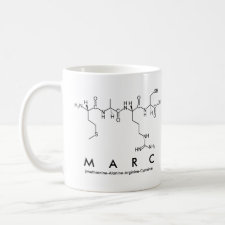
Authors: Bompart M, Haupt K
Article Title: Molecularly Imprinted Polymers and Controlled/Living Radical Polymerization.
Publication date: 2009
Journal: Australian Journal of Chemistry
Volume: 62
Issue: (8)
Page numbers: 751-761.
DOI: 10.1071/ch09124
Abstract: Molecularly imprinted polymers (MIPs) are tailor-made biomimetic receptors that are obtained by polymerization in the presence of molecular templates. They contain binding sites for target molecules with affinities and specificities on a par with those of natural receptors such as antibodies, hormone receptors, or enzymes. A great majority of the literature in the field describes materials based on polymers obtained by free radical polymerization. In order to solve general problems associated with MIPs, in particular their heterogeneity in terms of inner morphology and distribution of binding site affinities, it has been suggested to use modern methods of controlled/living radical polymerization for their synthesis. This also facilitates their generation in the form of nanomaterials, nanocomposites, and thin films, a strong recent trend in the field. The present paper reviews recent advances in the molecular imprinting area, with special emphasis on the use of controlled polymerization methods, their benefits, and current limitations
Template and target information: Review - MIPs and controlled polymerisation



Join the Society for Molecular Imprinting

New items RSS feed
Sign-up for e-mail updates:
Choose between receiving an occasional newsletter or more frequent e-mail alerts.
Click here to go to the sign-up page.
Is your name elemental or peptidic? Enter your name and find out by clicking either of the buttons below!
Other products you may like:
 MIPdatabase
MIPdatabase









